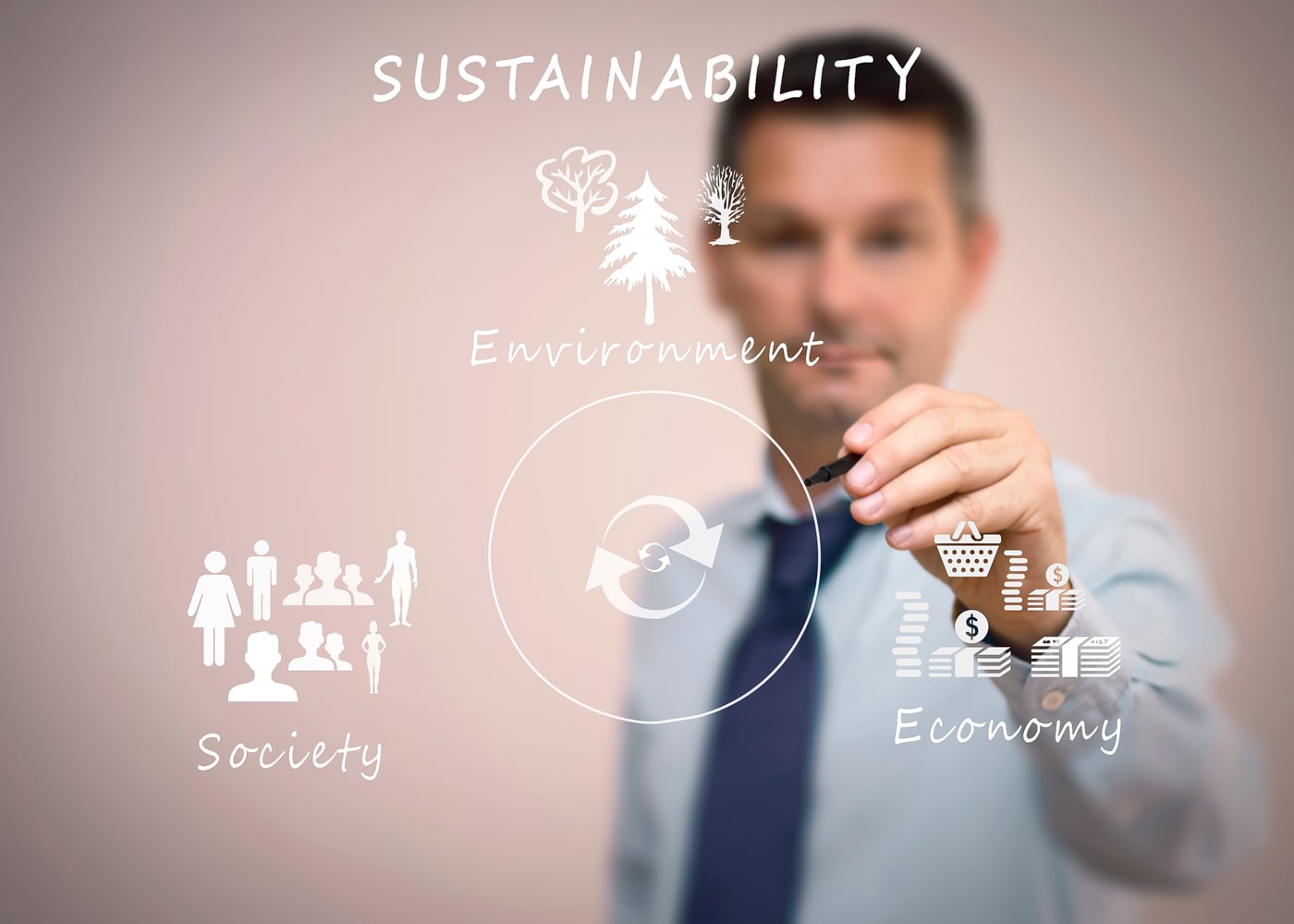3 Ways Businesses Can Digitally Tackle Climate Change

Last week marked the beginning of the Annual United Nations General Assembly Session — a unique forum enabling all 193 Member States of the United Nations to work together on global issues ranging from peace and security to international law. Sustainability is one theme that these world leaders covered, and in particular, the Sustainable Development Goals (SDGs). The SDGs comprise of 17 globally set goals agreed upon by the United Nations at the turn of the millennium (then known as the Millennium Development Goals, or MDGs). Some of these goals include Affordable and Clean Energy, Responsible Consumption and Production, Climate Action and Protecting Life on Land and Water to help reduce human impact on the environment.
Climate change today impacts every continent on our globe — disrupting the livelihood of every country in the world. This includes radical and extreme unstable weather patterns, rising sea levels, and the highest greenhouse gas emission levels ever recorded in history. To reverse the effects of climate change, countries must work together to improve awareness and integrate climate change measures into national policies, strategies and planning.
Taking on climate change is not something any one nation can manage on its own. It requires every country, organization and person to do their part. As a business, there are several ways to build sustainability goals into your operations. And, in addition to reducing your company's impact on the environment, you can also discover ways to improve efficiency, lessen costs and boost company reputation.
In 2018, the United Nations stated that digital tools can help the world to reduce its water and energy use by 15 percent, and more than 1.3 billion megawatts respectively by 2030. In this day and age, technology makes it simple to take sustainable action. Here are the ways your business can digitally tackle climate change.
1) Use less energy.
This may seem simple enough, though you'd be surprised at the difference it makes. For example, installing smart lighting throughout your business has an immediate and quantifiable return on investment. An intelligent LED lighting system can drive lighting-related energy savings of up to 90 percent. Other ways businesses can reduce the amount of energy they use is by turning off electronics or equipment that are not in use, document digitally to remove paper wastage and recycle whenever possible, all simple ways to use less energy throughout the day.
2) Measure your carbon footprint.
A good way to communicate company resource usage and to quantify the impact that your company has on the environment is to measure your carbon footprint. To measure your company's carbon footprint, you must evaluate greenhouse gas (GHG) emissions from all organizational activities. This includes everything from the energy used across sites, logistics and indirect emissions consumed from your value chain.
Companies today can compile this information digitally using a sustainability and energy management software system. According to this Eco-Business article, an appliances company in Europe uses Gensuite's Eco Inventory Survey to track its consumption of electricity and different fuel sources, including propane, kerosene and petrol, water sources and more. It is also used to track the number of units produced per site to indicate whether a spike in resource usage is due to greater production or something that needs to be investigated. Based on system deployment, the company is able to manage over 100 plants within a single tool, eliminating any excel-based methods. By digitally measuring your carbon footprint, it makes it easy to establish energy-savings projects across your enterprise.
3) Identify opportunities to reduce and save.
As a team, your company can work together to identify energy and resource savings opportunities. In this case study on how the U.S. Environmental Protection Agency (EPA)'s Energy Star program helped CalPortland introduce sustainability accountability, this major building materials and constructions solutions provider identified the need for an accountability program across the organization.
Since deploying the program in 2003, the company has saved $5 million USD annually on utility bills. In another example, a U.S. manufacturer of health and beauty products used Gensuite's Eco Treasure Hunt application at one of its plants to identify issues at the site. To manufacture product containers, newly-made empty bottles would come down into a box placed too far away from the conveyor belt — thus prompting the installment of a compressed-air nozzle. Once identified using Gensuite's tool, the company calculated that it was costing the firm $10,000 to $15,000 a year. By moving the box closer and removing the nozzle that pushed the product into the box, the company is able to save thousands. Yet another simple step that saves both the business and the environment.
There are so many ways companies can tackle climate change, most of which are easy to implement and provide a return on investment. And, when it comes to achieving SDGs, every bit that companies and individuals can do helps. With intelligent, digital tools, your businesses can contribute to establishing a brighter and cleaner future for generations to come.
About the Author

Amanda Petzinger
Gensuite LLC
Amanda Petzinger is a Senior Director on Gensuite’s Growth and Customer Experience team. Her responsibilities in this role focus on facilitating cross-customer engagement including Gensuite’s annual Customer Conference, bi-annual All-Customer
Calls, and Customer Advisory Board. Recently, Amanda coordinated and led a weekly workgroup focused on collaborating to manage the Covid-19 pandemic crisis in the workplace, helping Gensuite subscribers with real-time, practical solutions, pilots
and experience sharing.
In addition to her customer engagement responsibilities, Amanda also has 13+ years of expertise implementing, configuring, designing and supporting Gensuite’s 60+ web-based applications, as well as extensive experience supporting Gensuite’s customers in their quest for Environmental, Health and Safety operational excellence. She also serves as an advisor for Gensuite’s Sustainability & Energy Management suite of applications.
Amanda received her bachelors’ degrees in Management Information Systems and Spanish from Xavier University in 2010, with summa cum laude distinction.
In addition to her customer engagement responsibilities, Amanda also has 13+ years of expertise implementing, configuring, designing and supporting Gensuite’s 60+ web-based applications, as well as extensive experience supporting Gensuite’s customers in their quest for Environmental, Health and Safety operational excellence. She also serves as an advisor for Gensuite’s Sustainability & Energy Management suite of applications.
Amanda received her bachelors’ degrees in Management Information Systems and Spanish from Xavier University in 2010, with summa cum laude distinction.




